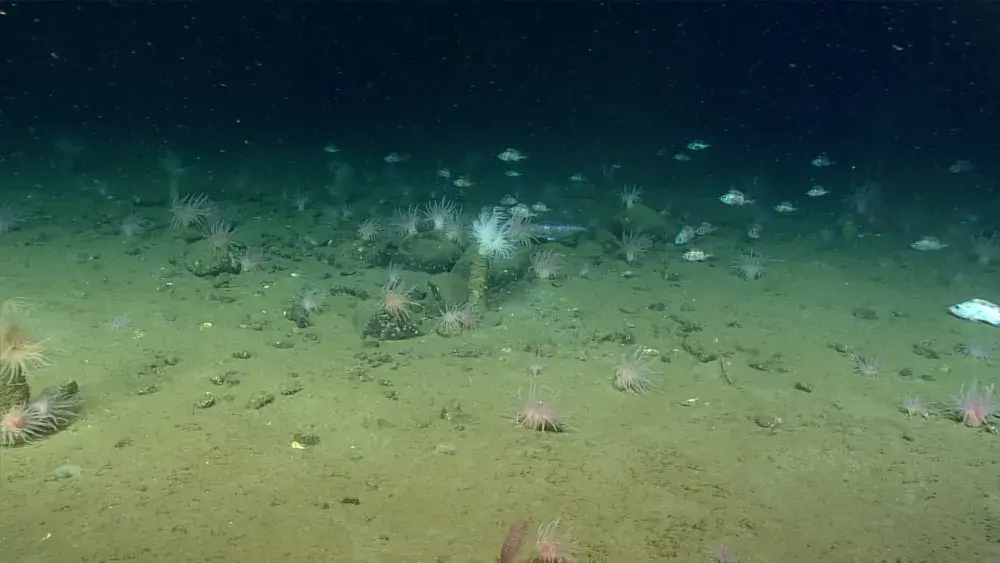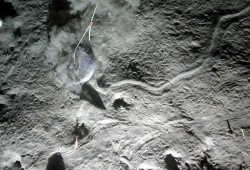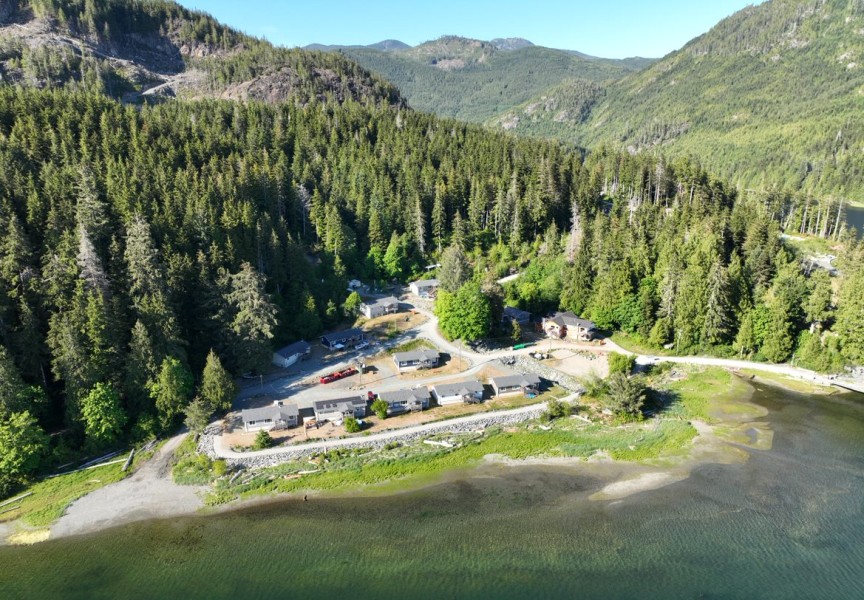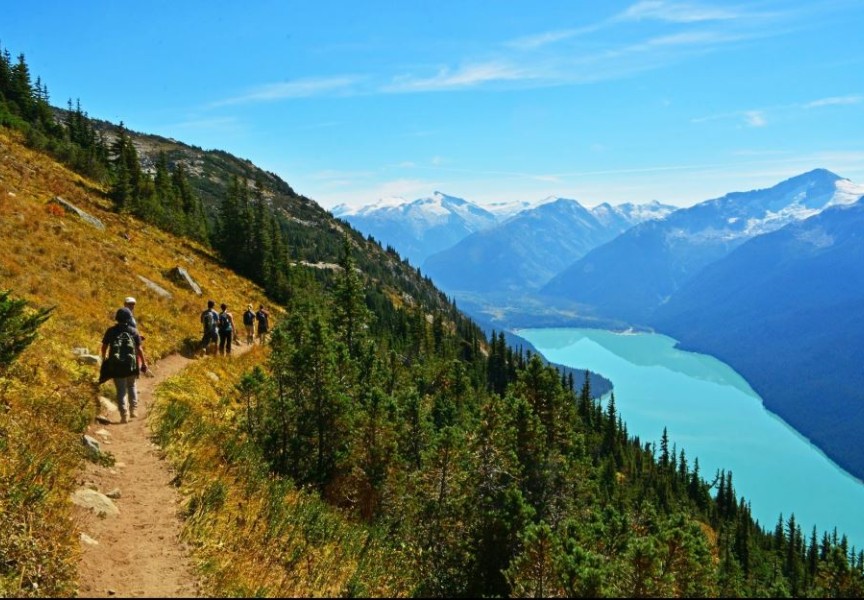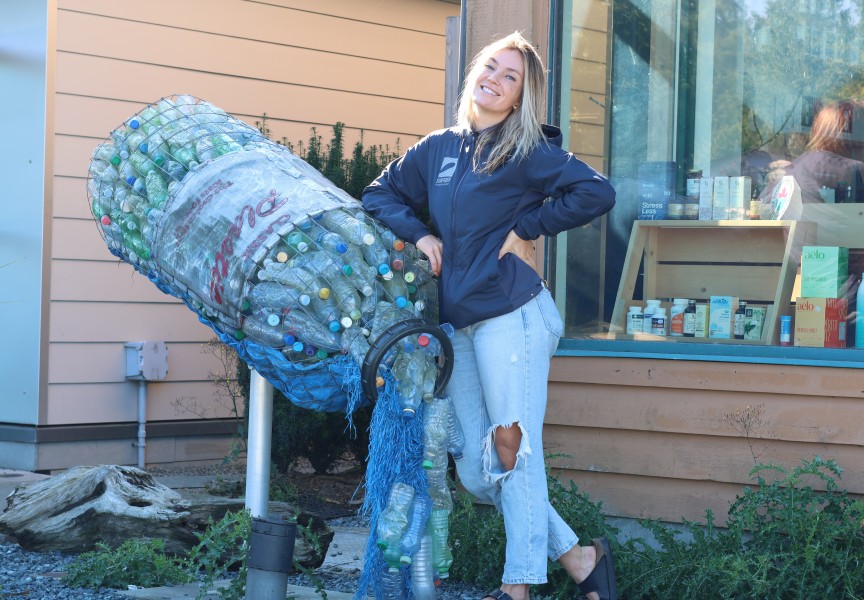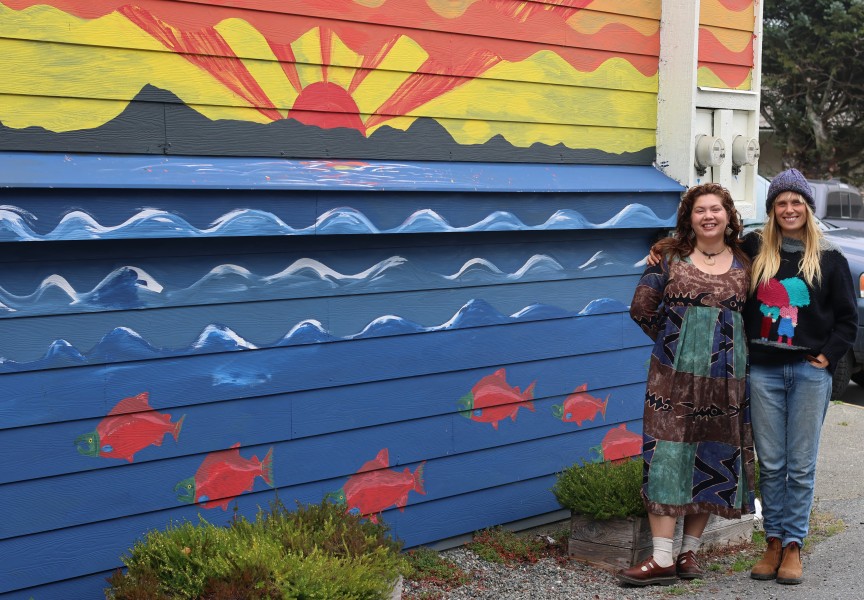Nuu-chah-nulth First Nations on the west coast of Vancouver Island could potentially benefit from a recently released study.
The study, released last month and led by University of Victoria postdoctoral fellow Graham Epstein, suggests that seabed sediments can potentially be utilized for carbon storage and that they should be considered for protection.
This in turn can help limit the effects of climate change.
Epstein believes First Nations officials will be rather interested in the study findings as their communities could benefit.
“I think the benefit is where there is already interest in potential protected areas from the communities or from the nations,” Epstein said. “If there is an area of interest that they already were considering trying to push, for example as an Indigenous marine protected area, this could be an additional sort of tool or an additional card to play as a reason to propose protection.”
But it’s not just First Nations that could benefit by information released in the study.
“A lot of these habitats are often undervalued,” Epstein said of the seafloor areas. “They’re sort of muddy and can be considered somewhat barren habitats. But they’re actually vital for the functioning not only for the carbon but for the marine environment as a whole.”
The Epstein-led project has three stages. And it has been ongoing for two and a half years.
The first part concluded with a study released last year.
“That was the mapping work,” Epstein said. “That was basically an analysis bringing together best-available data to build a predictive map of these carbon stocks across Canada’s continental margin. That was published back in May of 2024.”
With the recently-released study, stage two is now also complete.
“This second part which has just come out a couple of weeks ago was basically using that data and thinking about it within the framework of Canada’s marine conserved and protected areas strategy and how this carbon stock seabed sediments can be incorporated into Canada’s marine protected areas strategy,” he said.
Epstein was the lead in analysis for the second study. Partners were also brought in, including Fisheries and Oceans Canada (DFO) and Oceans North, an organization that develops solutions for marine conservation to enhance ecological and human prosperity.
“It is sort of a perspective piece that brings the argument and the data that we have and compares it to habitats that are already quite well considered, or are generally trying to be considered, within Canada’s protected area network in terms of natural carbon storage and marine environments,” Esptein said.
Those include seagrasses, salt marshes and to some extent kelps.
A focus of the study – details were released on Jan. 17 - is that seabed carbon storage has been overlooked in marine protected area planning.
“It is something that is getting more attention,” Epstein said. “The seabed sediment carbon has been studied for decades. And in 2021 there was a very high-profile paper that got published that really sort of brought a lot of attention to seabed sediment carbon and its potential to maybe be disturbed and how that could have feedbacks on the wider ocean carbon cycle.”
Epstein added momentum on this topic has been building in recent years.
“There’s been more and more work about potentially protecting areas of the sea floor for their carbon value,” he said. “But there’s been work for a number of decades on how different disturbances might affect the geochemistry or the carbon within the seabed surface, particularly around fishing. It’s really starting to build up momentum over the last four or five years.”
Since the study’s release some DFO representatives have expressed some interest in the findings.
“We have (DFO) members who are pretty engaged in our work,” Epstein said. “And we continue to try to engage different parts of the agency as we move forward with the work that is ongoing.”
Epstein added he’s hoping interest will also be generated among different conservation bodies or communities that are thinking of proposing certain marine areas for protection.
Epstein is hoping information released in his study is put to good use.
“The way we like to put it is this is another consideration that should be put into decision making around protected area and around activities that are going on in the marine environment,” he said. “And so, bringing it back to this paper which has just come out, it’s specifically thinking about the marine conserved and protected area network, that’s predominantly focused on biodiversity.”
Epstein’s recent report not only identified but also ranked a total of 274 priority areas for future research and potential future spatial protection.
Areas were ranked on various items, including the estimated amount of carbon, the potential vulnerability of the carbon as well as the biological and ecological significance of the area.
High priority areas included many of the fjords and inlets on the west coast of Vancouver Island.
Besides Ocean North, study research was funded by Blue Carbon Canada, Mitacs and the Natural Sciences and Engineering Research Council.
The third and final phase of Epstein’s work will be concentrating on fisheries and the potential for disturbances where certain areas may be most at risk to be disturbed and impacted by the fisheries.

